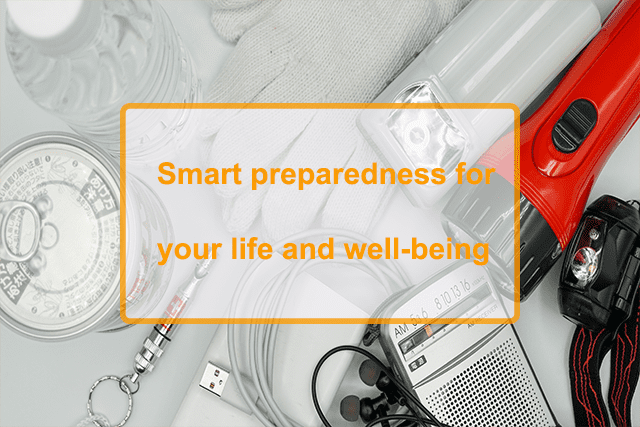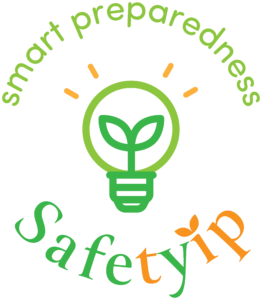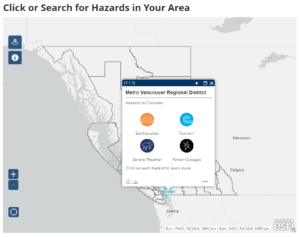Safety + Tip = Safetyip
Safetyip is a non-profit organization which helps Canadians to raise awareness of emergency preparedness by sharing information and life-saving survival tips to build safer and more resilient communities. Safetyip is committed to protect the safety and well-being of our community.
Practical and family-friendly learning site

Hi everyone! I’m Tippi. I will navigate the site with Master Owl and my friends so come and join us to learn about emergency preparedness together!

We are sharing practical and useful tips. There will be readings, crafting, cooking and many more. Please check here for the latest posts.
Disasters DO happen
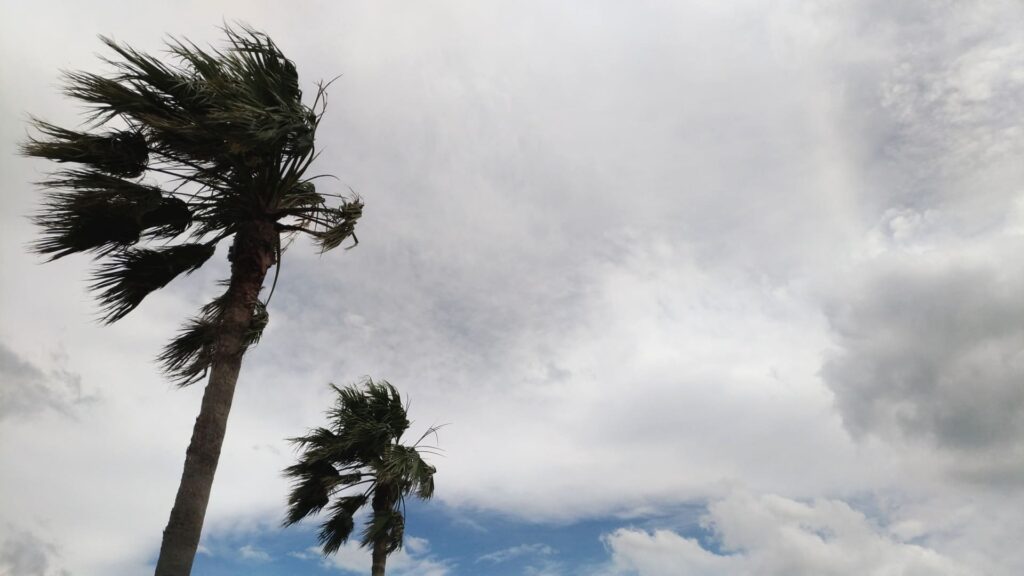
We often hear news about disasters like storm, wildfire, flood, and extreme temperature. You may have not yet experienced but disasters do happen regardless of your location, and time of day.
Awareness + Preparedness = Risk Reduction
When disasters hit, damages often take days or possibly longer to get restored and you may be on your own for several days. It may sound scary but no need to be! We can mitigate the impact by raising awareness and being prepared.
3 STEPS to be prepared


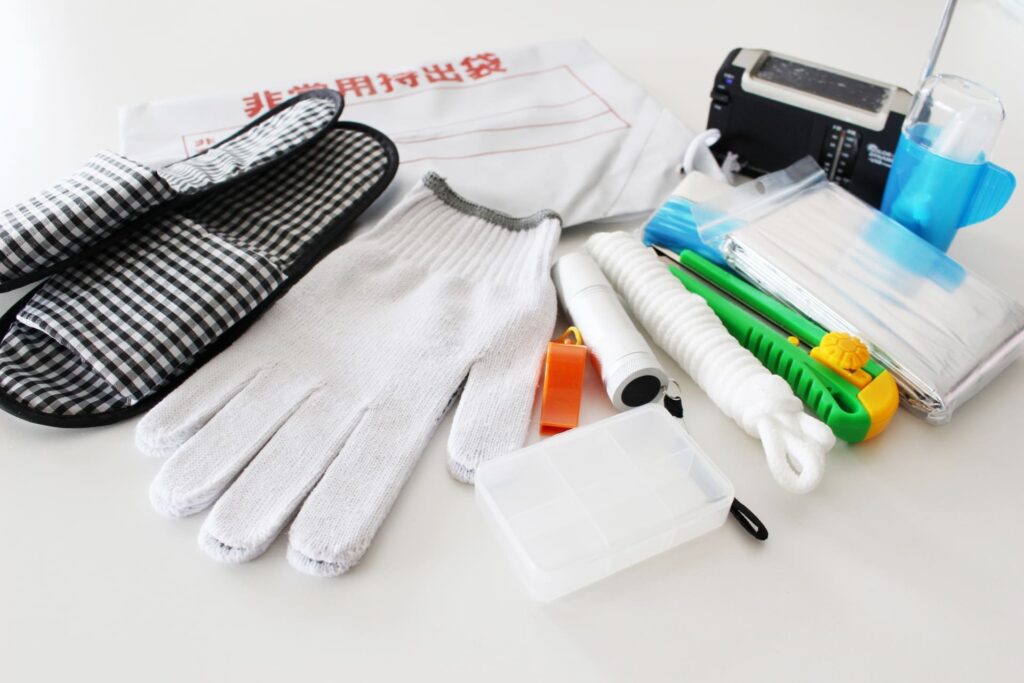
1. Know the hazard: What could happen in your area?
We live in a beautiful world with different landscapes. Depending on where you live, the expected hazards would be different. Learning about the possible hazard in your local area is the first step for your preparedness.
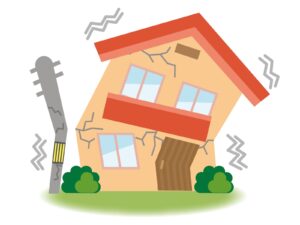
Earthquakes 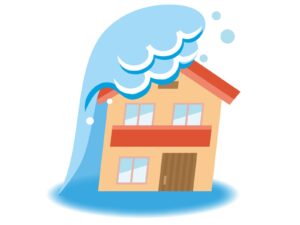
Tsunamis 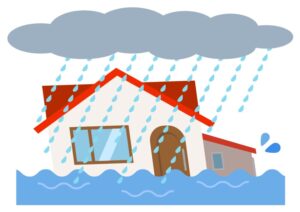
Floods 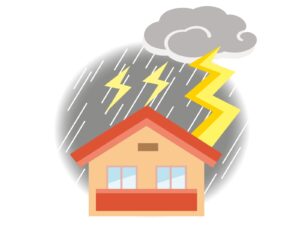
Severe Weather 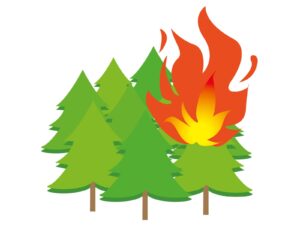
Wildfires 
Power Outages 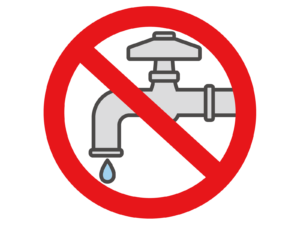
Water Outages 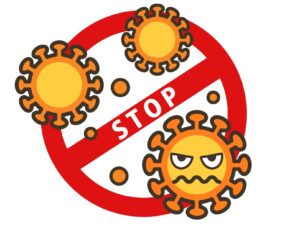
Pandemics 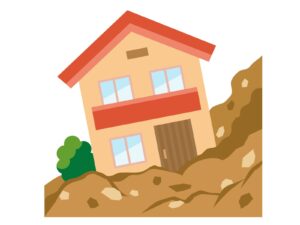
Landslides 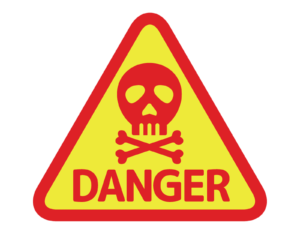
Hazardous Material Spills 
Avalanches 
Volcanic Hazards
A hazard map is a useful tool to show areas that are affected or are prone to particular hazards. Making use of this map would help determining expected hazards in your area and areas that you are planning to visit. This map enables you to customize what is needed to be prepared. Province of British Columbia has a hazard map on their preparedness site (see below). Please check with your local authority for hazard maps of your area.
2. Make your emergency plans : What if you were at… ?
Disaster can happen anytime 24/7. You and your family may not be together at home so having plans considering multiple scenarios will increase the chance of survival regardless of your location or time of day, saving you and your love ones.
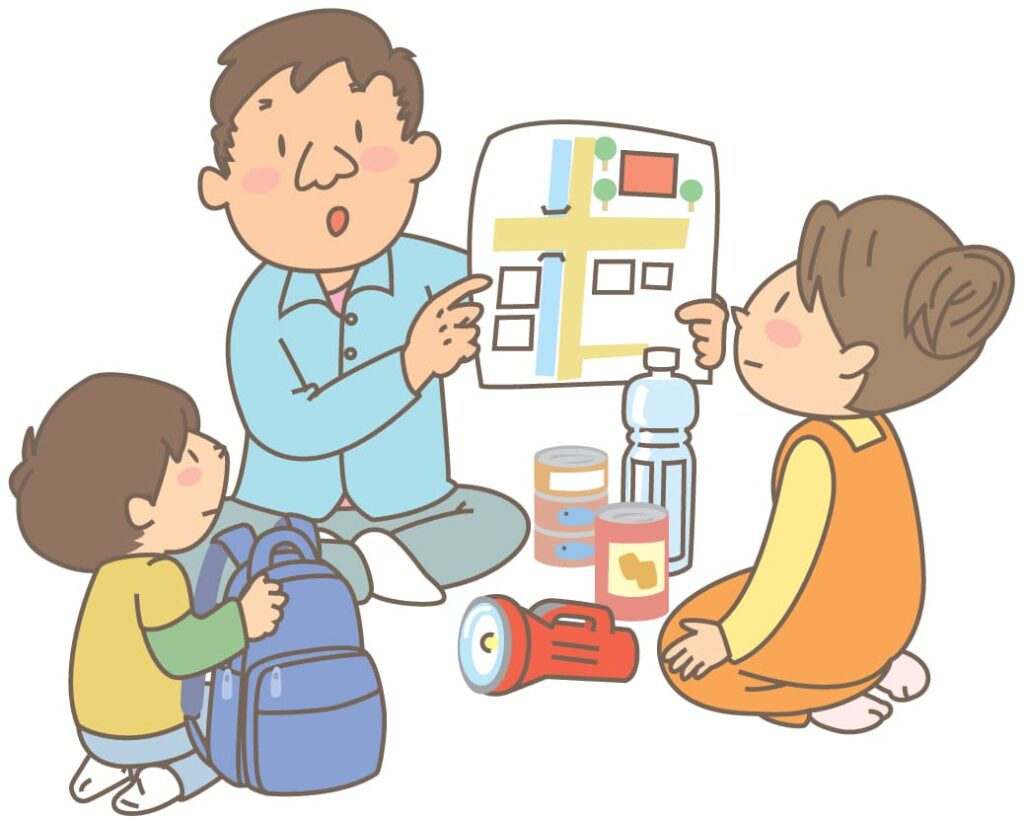
When planning, let’s ask yourself what if the disaster happened while,,,,
- you were sleeping at night?
- you were at work?
- your kids were at school?
- you were driving?
- etc…?
Each household emergency plans are different depending on your location, family structure, and house type etc… . Check with your local authority for preparedness guides to help you planning.

Safetyip will also share useful tips to enhance your plans!
3. Build your emergency kits: Evacuation types
Soon after the disaster, major lifeline services (electricity, water, gas, telecommunication) may get disrupted for days or longer. During a disaster, you will either stay home or leave immediately if staying home is not safe. Building BOTH household emergency kits and Grab-and-Go bag in advance is critical to take quick actions.
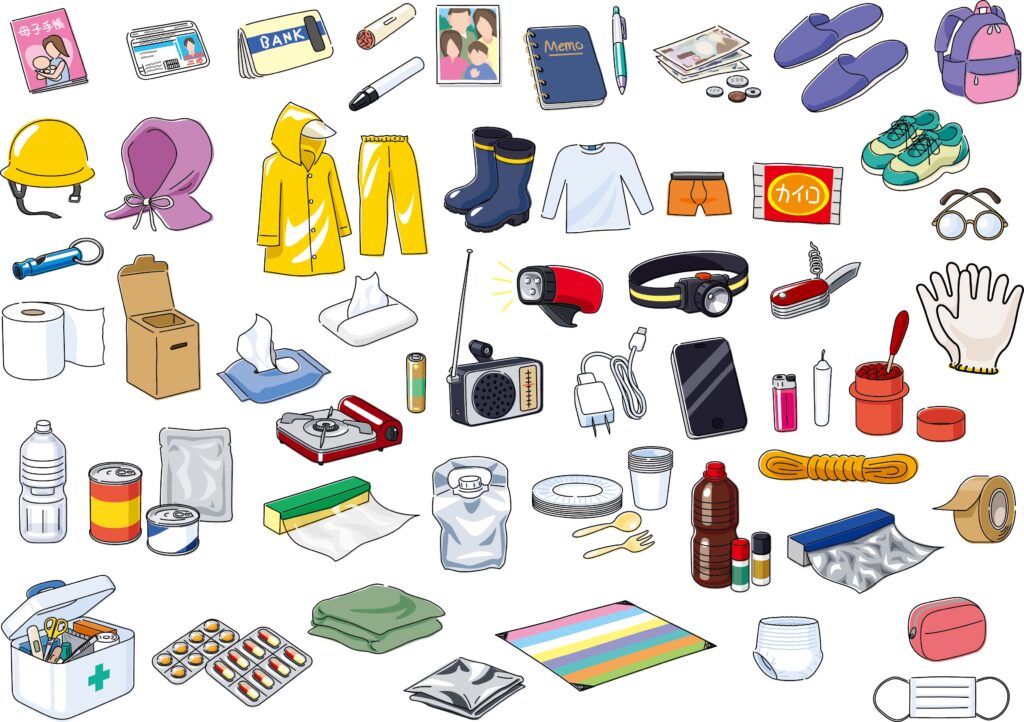
Household Emergency Kits
Supply worth for minimum 3 to 7 days for the whole family is recommended.
.

Safetyip has a link for Emergency Supply tips!
List of items in emergency kits are available in multiple sources. You could use the list as your basic references and customize the list as needed. Families with babies/small children, seniors, people with disabilities, and/or pets have different list of items to be included.




